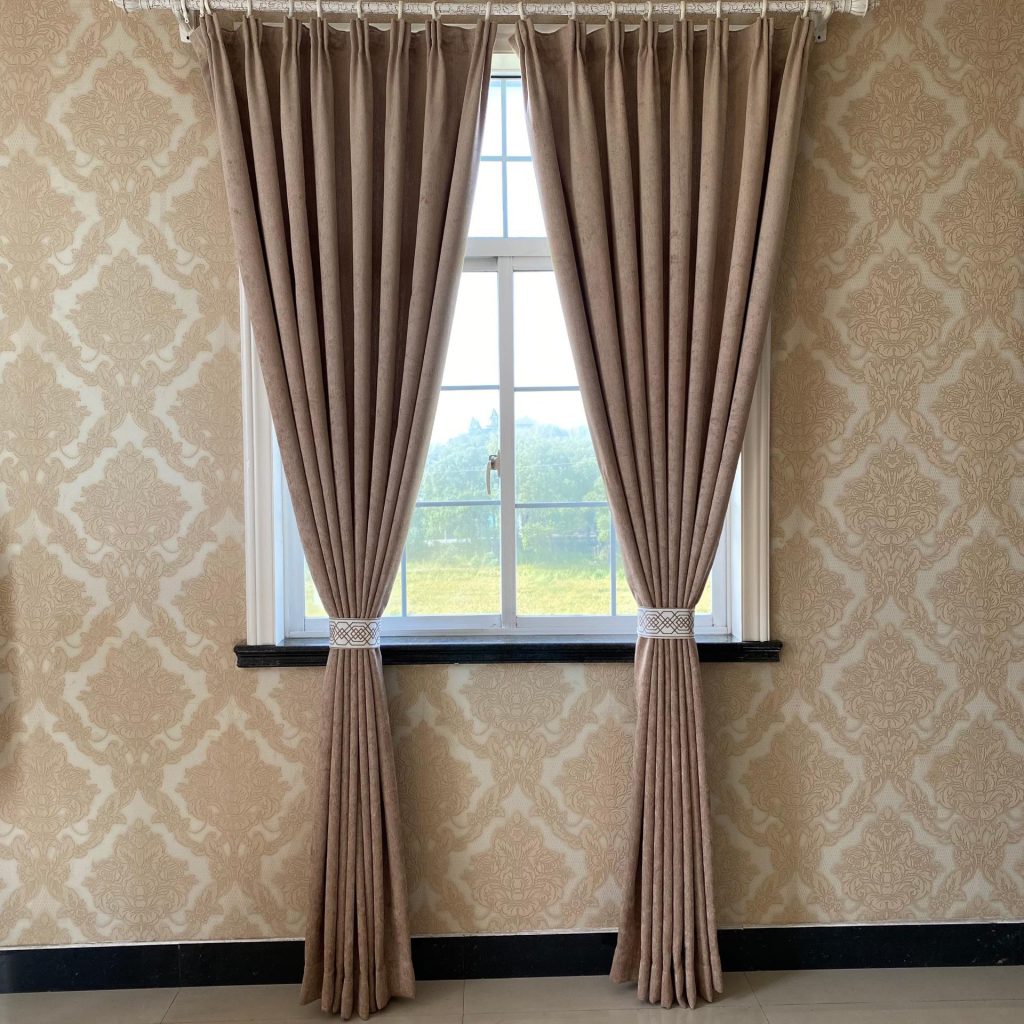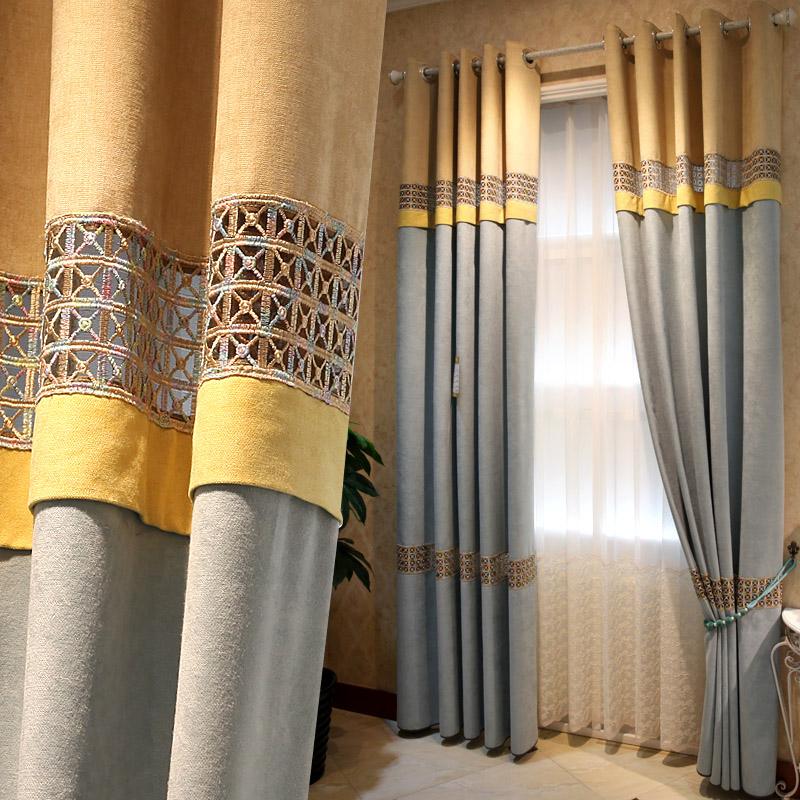


Curtains bring both style and comfort to every home, office, and hotel. Beyond their aesthetic value, they control light, provide privacy, and influence the overall mood of a room. The process of curtain manufacturing combines creativity, technology, and craftsmanship—each stage reflecting dedication to quality and detail.
1. The Beginning: Inspiration and Fabric Choice
Every curtain starts with an idea. Designers and production experts work together to select fabrics that best fit the function and style of the project. Factors like color tone, texture, thickness, and transparency are all considered to ensure the final product aligns with customer expectations.
| Fabric Category | Main Features | Best Application |
|---|---|---|
| Sheer Fabrics | Light filtering, soft texture | Living rooms and cafés |
| Blackout Fabrics | Full light blocking, noise reduction | Bedrooms and hotels |
| Decorative Fabrics | Rich texture, custom prints | Luxury interiors and offices |
2. Cutting and Tailoring
Once the material is chosen, it undergoes precise cutting using digital machines. Skilled tailors then sew the fabrics carefully, making sure the pleats, seams, and patterns align perfectly. Every piece is measured multiple times to guarantee uniformity and consistency.
3. Finishing and Quality Control
Before packaging, each curtain goes through a detailed inspection. Technicians check for color consistency, stitching strength, wrinkle resistance, and edge alignment. Curtains are then pressed, folded, and packed neatly, ready for delivery.
4. Innovation in Curtain Production
Modern curtain manufacturing has moved beyond manual processes. Advanced equipment allows for automated hemming, pleating, and pattern matching. Some factories even integrate smart textile technologies—such as light-reflective coatings and energy-saving linings—to meet global standards for comfort and sustainability.
5. Global Demand and Customization
As interior design evolves, the demand for custom-made curtains continues to grow. Clients can personalize everything—from fabric and lining to pleat type and curtain track systems. This flexibility allows professional factories to serve a wide range of international markets, ensuring every product fits perfectly with local tastes and functional needs.
Conclusion
Curtain manufacturing is not just about making window coverings—it’s about creating atmosphere, comfort, and elegance. From the first sketch to the final fold, each step represents a promise of quality, precision, and beauty that transforms every interior space.
Article link:https://www.vlefooena.com/the-journey-of-curtain-making-where-design-meets-precision

No reply content